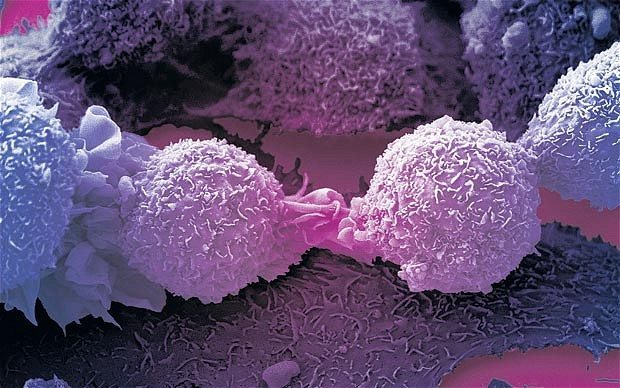Next month, an advisory panel will get together to discuss, and rule upon, Spectrum Pharmaceuticals, Inc. (NASDAQ:SPPI)’s lead bladder cancer development candidate, apaziquone. The agency accepted the company’s NDA back in February, and has set a PDUFA date of December 11, 2016. There’s a bit of distance between advisory review and PDUFA (often it is much shorter) and so the PDUFA is likely going to dictate sentiment towards Spectrum’s development efforts for the majority of the fourth quarter. With this in mind, here’s a look at the drug in question, and what we expect from the panel.
As mentioned, its called apaziquone, and Spectrum is targeting commercialization under the brand name EOquin. It’s a prodrug of an already widely established and used drug called mitomycin C. In this instance, it’s targeting the above mentioned bladder cancer. SOC in bladder cancer is surgical resection, however in bladder cancer patients that have undergone this resection there is a large potential for recurrence. When recurrence happens, physicians turn to a drug like mitomycin C. Spectrum is trying to get its version approved on the prodrug quality, which theoretically reduces the toxicity and the currently associated bone marrow issues caused by the current formulation.
So what about data to date?
Well, this one is a bit of a strange one. The drug underwent two phase III trials between 2011-2015, as part of a collaboration agreement between the already mentioned Spectrum and the then Actavis, but now Allergan plc Ordinary Shares (NYSE:AGN). Primary endpoint was a rate of recurrence in both trials, with the comparable arm a placebo control.
In both, the primary endpoint was missed. Apaziquone didn’t achieve stat sig improvement I rate of recurrence in the trialed bladder cancer patients over placebo, and so the trials were deemed a failure – initially. After analysis of pooled data, however, Spectrum reported that as a pooled report the trial had succeeded, and not only had the pooled data met the endpoint of stat sig improvement in rate of recurrence, with a pretty impressive P value of 0.0174, but that it had also met a key secondary endpoint, time to recurrence, with an even stronger P value of 0.0076.
The company subsequently sat down with the FDA to discuss the findings, and then kicked off another phase III that, reportedly, builds on the learnings from the two previous failed trials. It also submitted an NDA, based on the data from the failed trials, which the FDA subsequently accepted, and here we are.
So what do we expect from the advisory panel? Well, it depends how the panel interprets the pooled data. The trial wasn’t set up for retrospective endpoint analysis, and to recommend approval based on such is always a risky approach. As such, we expect the panel to be cautious in its recommendation.
There’s every chance that the panel will want data from the ongoing trial before it can come to a decision, but primary completion isn’t expected until 2020, and study completion until 2021.
As such, it’s hard to be anything other than pretty bearish on this one as things stand. There’s an unmet need, but likely not regarded as significant enough to approve a treatment that has not yet demonstrated stat sig improvement in anything other than pooled data, and the FDA (and the panel) will likely take this stance. This isn’t guaranteed, of course, but it’s difficult to see any other outcome right now.
